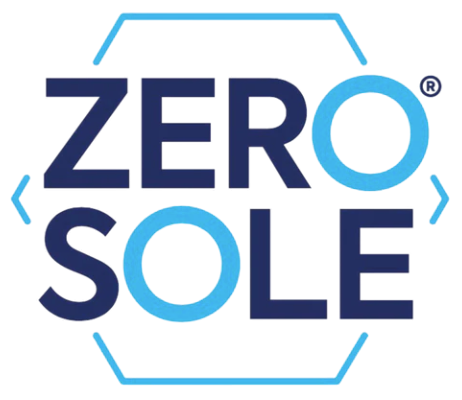
Blisters
What is a blister?
A blister is a small pocket of fluid that forms in the upper layers of the skin after it’s been damaged in order to protect the affected skin whilst it heals. They can be filled with clear fluid (regular blisters) or blood (blood blisters). While blisters most often occur on the hands and feet, they can in fact occur anywhere on the body. Blisters on the feet are usually caused by repeated friction, such as from breaking in a new pair of shoes, but they can also be caused by burns and allergic skin reactions.
What can cause a blister?
Blisters are caused when repeated friction is applied to the skin. Friction can occur in multiple scenarios, for example:
- Rubbing from ill-fitting or new footwear, such as when breaking in a new pair of shoes or from old worn-out shoes.
- As a result of prolonged physical activity, such as completing a long hike or training for a marathon.
- Wearing wet shoes for prolonged periods – if your skin is wet it loses its strength and elasticity increasing the risk of blisters forming.
Blister can also form as a result of burns to the skin, for example:
- Chemical burns, e.g. from miss-use or overuse of acid based products.
- Physical burns, e.g. sunburn or from walking on hot sand at the beach.
Some medical conditions can increase your risk of blisters, such as:
- Diabetes
- Some rheumatological or connective tissue conditions
- Poor circulation
- Chilblains

How to treat and prevent a blister
How to treat a blister
When it comes to blister treatment, the most important thing to do is to prevent the blister from becoming infected. If the blister has burst, make sure you keep the area clean and covered with a plaster or dressing while it heals. Always wash your hands before and after touching a burst blister. Sometimes a special, moist dressing, known as a hydrocolloid dressing, can be used to help to speed up the healing process of your blister.
Blister Prevention
If you regularly suffer from blisters on your feet, there are some simple steps you can take to prevent future episodes.
Do ✓
- Break in new shoes by wearing them for short periods of time initially, and gradually increasing wear time until they become comfortable.
- Wear shoes that are the correct size for your feet. Some shoe brands offer wider fit ranges if you have particularly wide feet or have a condition such as bunions.
- Replace old shoes regularly.
- Always wear socks! Either one pair of thick socks, or 2 layers of thin socks, particularly when exercising.
- Try wearing a friction-reducing insole, such as ZeroSole Impact, which has been specially designed to move with your feet, reducing the friction that occurs between your foot and your shoe during prolonged walking, running or high impact activities.
Don’t X
- Do not wear old, worn-out shoes. The lack of cushioning will increase your risk of blisters.
- Avoid overly rigid, hard shoes that are too tight or have no give.
- Avoid shoes that are too big, or slip at the heel when you walk.
Consult your GP or a healthcare provider if
- Your blister keeps coming back, or is very painful.
- Your blister shows no signs of improvement after a week.
- The blister was caused by a burn, scald or allergic reaction.
- Your blister shows signs of infection – inflamed skin around the area and green or yellow pus filling the blister itself.
- Several blisters have appeared for no apparent reason.
